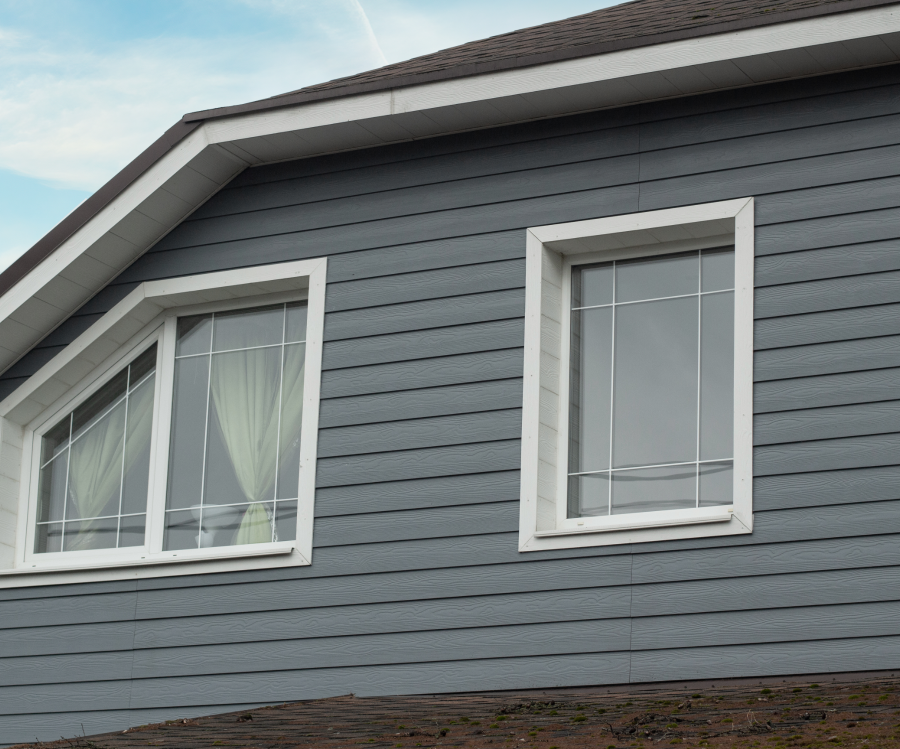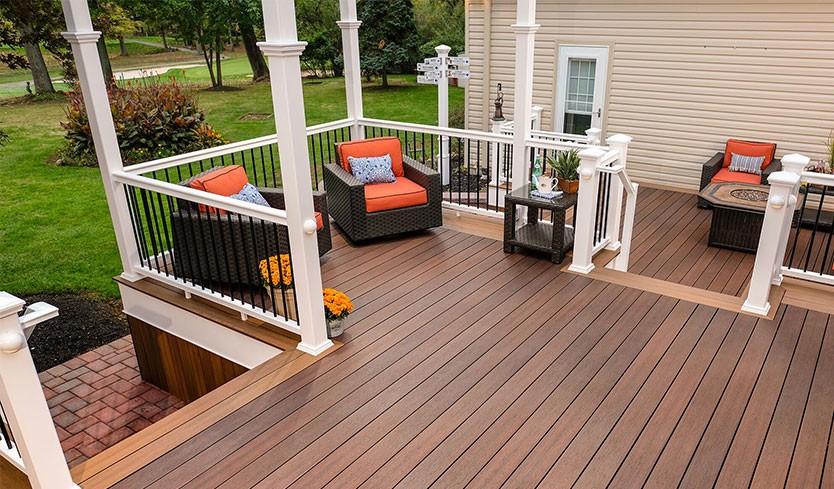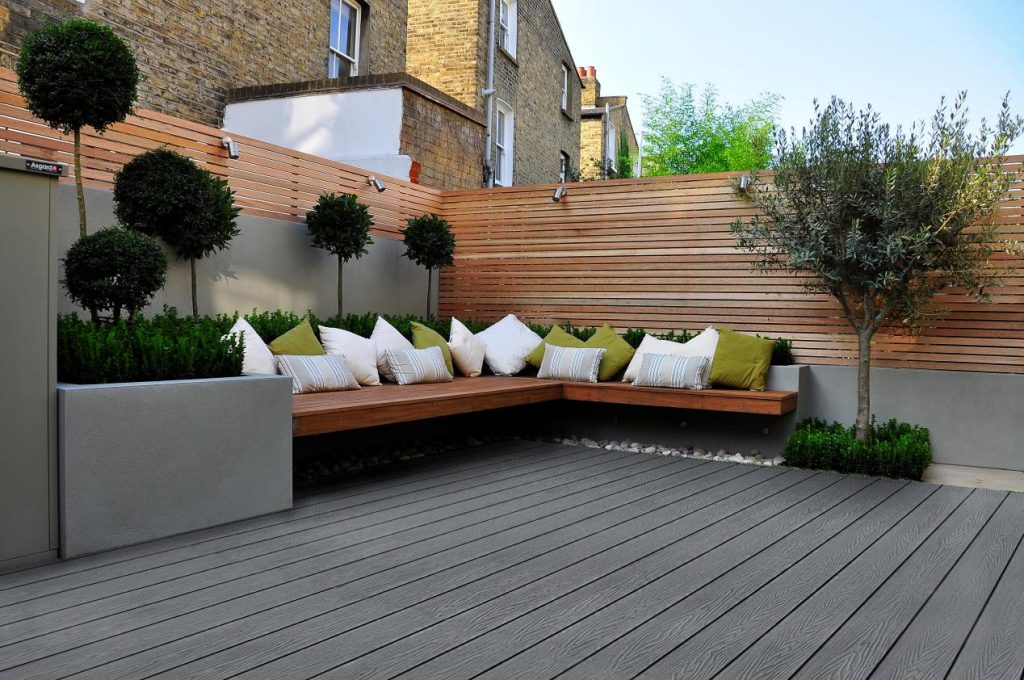When it comes to enhancing the look and durability of your building’s exterior, choosing the right cladding material is crucial. In recent years, WPC cladding for exterior has gained tremendous popularity among homeowners, architects, and contractors alike. This innovative material combines the best qualities of wood and plastic, offering a sustainable, weather-resistant, and aesthetically pleasing solution for exterior wall coverings.
Table of Contents
In this comprehensive guide, we will explore everything you need to know about WPC cladding for exterior applications — from its composition and benefits to installation tips and maintenance advice. Whether you are considering a renovation project or building a new home, understanding the advantages of WPC cladding will help you make an informed decision.
What is WPC Cladding for Exterior?
WPC stands for Wood-Plastic Composite, a material made by combining wood fibers or wood flour with thermoplastics such as polyethylene, polypropylene, or PVC. The resulting composite inherits the natural look and texture of wood while gaining the enhanced durability and low maintenance features of plastic.
WPC cladding for exterior refers specifically to cladding products designed for outdoor use, applied on building walls to protect them and provide an attractive finish. Unlike traditional wood cladding, WPC exterior wall cladding is engineered to resist moisture, insects, UV damage, and temperature fluctuations — making it ideal for diverse climates and environments.
Key Components of WPC Cladding
Wood Fibers: Usually sourced from recycled wood or sawdust, providing natural aesthetics.
Plastic Polymers: Offering flexibility, water resistance, and resistance to decay.
Additives: Stabilizers, UV inhibitors, colorants, and fire retardants to improve performance.
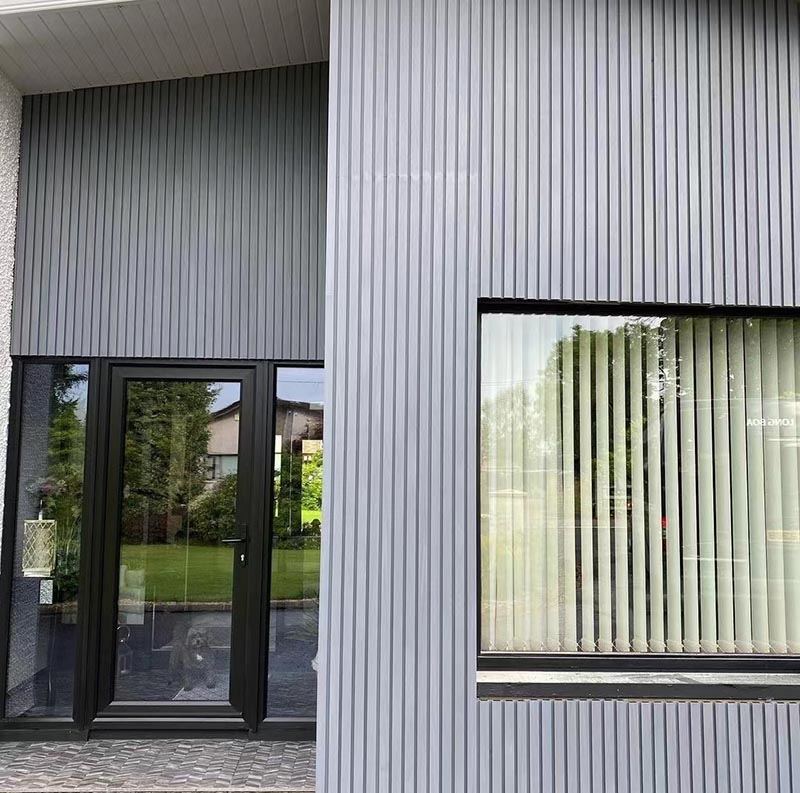
Why Choose WPC Cladding for Exterior?
There are numerous reasons why WPC cladding for exterior has become a preferred choice over traditional cladding materials such as timber, vinyl, or fiber cement boards.
1. Superior Durability
One of the main benefits of WPC cladding for exterior is its outstanding durability. The composite structure prevents common issues faced by natural wood, including warping, splitting, rotting, and termite attacks. WPC can withstand harsh weather conditions such as heavy rain, intense sun, and freezing temperatures without deteriorating quickly.
2. Low Maintenance Requirements
Unlike timber cladding, which requires regular staining, painting, or sealing, WPC cladding demands minimal upkeep. Cleaning with water and mild detergent is often enough to keep it looking new for years. The material does not splinter or crack, reducing the risk of injury and prolonging its lifespan.
3. Eco-Friendly Choice
Many WPC cladding products are manufactured using recycled wood fibers and plastics, making them an environmentally responsible option. By diverting waste materials from landfills and reducing the need for virgin wood harvesting, WPC contributes to sustainable construction practices.
4. Aesthetic Versatility
WPC cladding for exterior comes in a wide range of colors, textures, and profiles that mimic natural wood grain or modern architectural styles. Whether you want a rustic look or sleek contemporary finish, WPC offers design flexibility to suit any building facade.
5. Enhanced Thermal and Acoustic Insulation
WPC panels can also provide additional thermal insulation, helping to keep buildings cooler in summer and warmer in winter. Their density helps reduce external noise, improving indoor comfort.
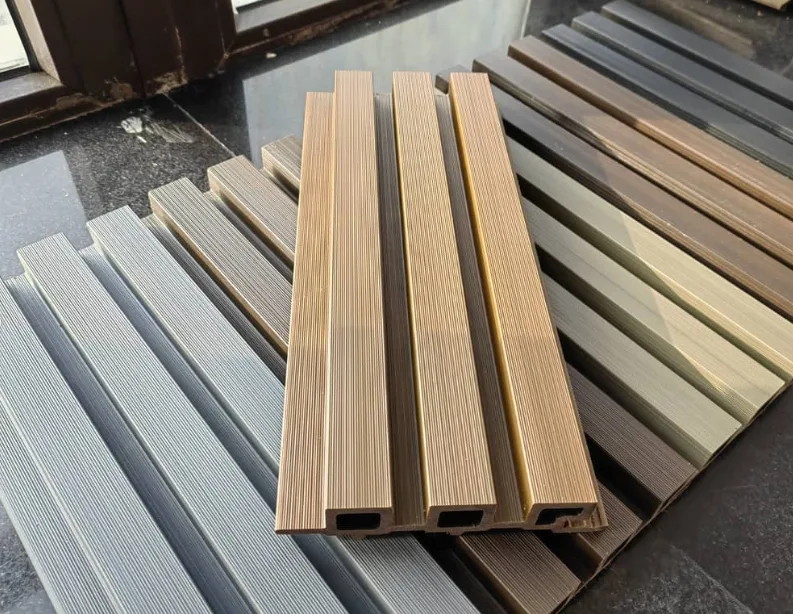
Applications of WPC Exterior Wall Cladding
The versatility of WPC exterior wall cladding makes it suitable for a wide range of applications in both residential and commercial projects:
Residential Homes: Ideal for accent walls, full facades, verandas, pergolas, balconies, and garden structures. WPC cladding enhances curb appeal while protecting exterior walls from moisture and UV damage.
Commercial Buildings: Frequently used for retail storefronts, office facades, hotels, cafes, and restaurants. The professional, modern appearance of WPC cladding helps elevate brand image and customer perception.
Public Spaces: Perfect for outdoor structures in parks, pavilions, sports complexes, bus stops, railway stations, and civic buildings. It provides long-lasting durability in high-traffic environments with minimal maintenance needs.
Renovation Projects: Easy to retrofit over old or damaged walls without extensive demolition. WPC cladding is an excellent way to upgrade outdated exteriors quickly and cost-effectively.
Educational and Institutional Buildings: Schools, universities, and libraries use WPC cladding to create clean, contemporary facades that are safe, resilient, and weather-resistant.
Hospitality and Leisure Venues: Resorts, poolside cabanas, and entertainment facilities benefit from WPC’s resistance to humidity, salt air, and color fading.
Because WPC is lightweight and easy to handle, it reduces installation time and labor costs compared to heavier materials like stone, ceramic tiles, or concrete panels. Its consistent sizing and interlocking profiles also streamline large-scale installations.
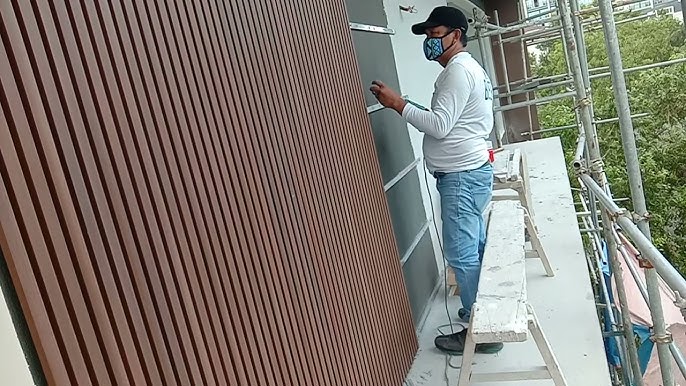
WPC Wall Panel Exterior: Installation Guide
Proper installation is key to maximizing the benefits and lifespan of your WPC cladding. Here is a general overview of the installation process for WPC wall panel exterior systems:
Step 1: Preparation of the Wall Surface
Inspect the existing wall to ensure it is flat, clean, and structurally sound.
Install a waterproof membrane or house wrap to prevent moisture penetration behind the cladding.
Step 2: Installing the Sub-Frame
Fix a wooden or metal sub-frame (battens) to the wall, allowing space for ventilation and drainage.
Ensure battens are level and evenly spaced according to manufacturer recommendations.
Step 3: Fixing the WPC Panels
Attach the WPC cladding panels horizontally or vertically to the sub-frame using hidden clips, screws, or nails designed for WPC.
Leave appropriate expansion gaps as WPC materials can slightly expand and contract with temperature changes.
Use trim profiles and corner pieces to create a neat finish around edges and openings.
Step 4: Final Inspection and Cleaning
Check all fasteners and panels for secure fixing.
Clean the surface to remove dust or residues from installation.
Following the manufacturer’s installation manual is crucial, as specific products might have unique requirements.
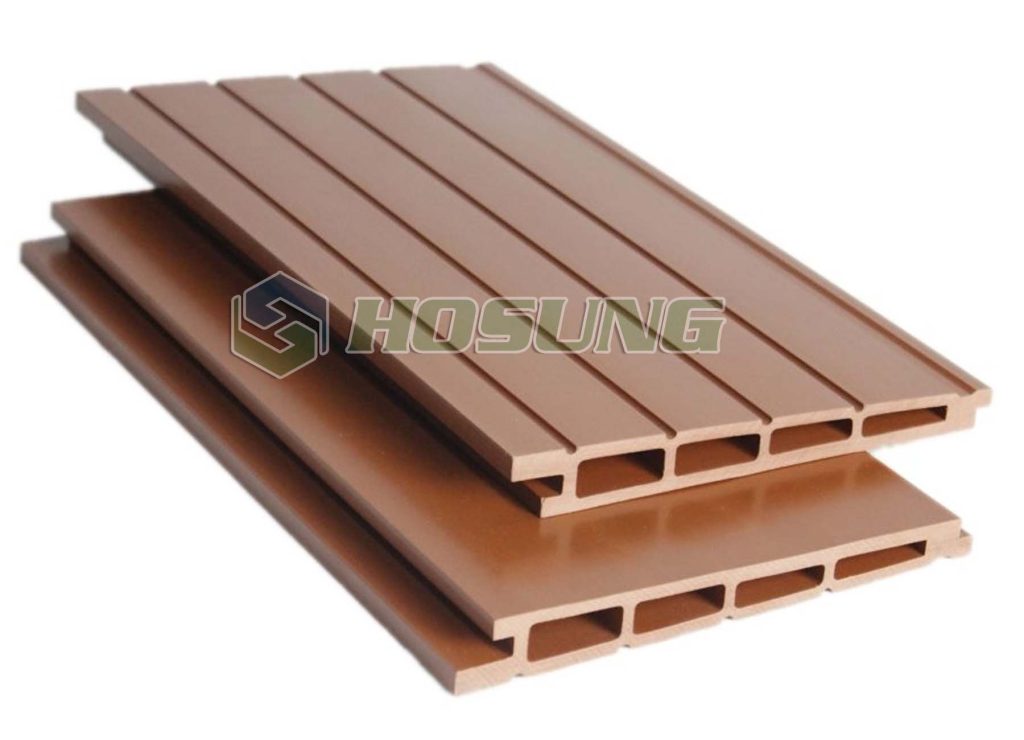
Maintenance Tips for WPC Cladding for Exterior
Maintaining your WPC cladding for exterior is simple but essential to preserve its appearance and function:
Regular Cleaning: Wash with water and a soft brush or sponge every 3-6 months.
Stain Removal: Use mild detergent solutions for stubborn stains; avoid harsh chemicals.
Avoid Sharp Objects: Prevent scratching by careful handling and avoid impact.
Inspect Fasteners: Periodically check clips or screws for looseness.
UV Protection: Though WPC includes UV stabilizers, applying a protective coating can enhance color retention over time.
By following these easy steps, your WPC exterior cladding can remain beautiful and durable for over 20 years.
Comparing WPC Cladding with Other Exterior Wall Materials
To better understand why WPC cladding for exterior stands out, here is a comparison with other common cladding materials:
| Feature | WPC Cladding | Timber Cladding | Vinyl Cladding | Fiber Cement Panels |
|---|---|---|---|---|
| Durability | High | Moderate (prone to rot) | Moderate (can crack) | High |
| Maintenance | Low | High (regular sealing) | Low | Moderate |
| Resistance to Moisture | Excellent | Poor | Good | Good |
| Eco-Friendliness | High (recycled content) | Moderate | Low | Low |
| Installation Ease | Easy | Moderate | Easy | Difficult |
| Aesthetic Appeal | Natural wood look, multiple colors | Natural wood | Limited wood look | Smooth or textured |
| Cost | Moderate | High | Low | Moderate |
Clearly, WPC cladding offers an excellent balance between aesthetics, durability, and environmental friendliness.
Environmental Benefits of WPC Exterior Wall Cladding
Sustainability is becoming a major consideration in building materials. WPC exterior wall cladding excels in this area because:
It uses recycled wood fibers and plastics, reducing waste.
It extends product lifespan, lowering the frequency of replacement.
It requires no harmful chemical treatments unlike traditional timber.
It is recyclable at the end of its service life in many cases.
Choosing WPC is a conscious step toward greener construction without compromising quality or style.
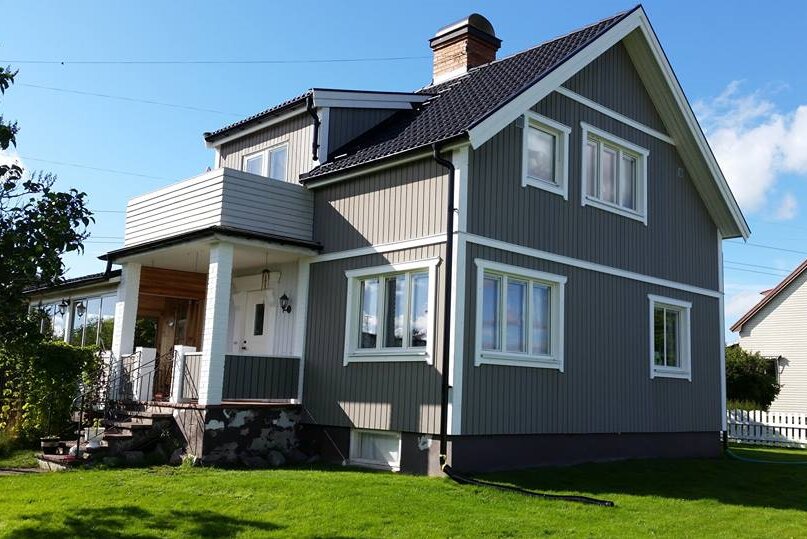
Popular Styles and Colors in WPC Cladding for Exterior
The modern technology behind WPC production allows for an impressive variety of styles, including:
Woodgrain Textures: Replicating oak, cedar, walnut, or tropical hardwoods.
Smooth Finishes: For sleek, modern looks.
Matte or Glossy: Depending on design preference.
Colors: From natural wood browns and greys to painted finishes like white, charcoal, or even vibrant hues.
These options enable architects and designers to achieve a perfect match with the building’s architectural theme.
Cost Considerations for WPC Cladding for Exterior
While prices vary depending on brand, quality, and region, WPC cladding for exterior is generally competitively priced considering its advantages:
Initial material cost tends to be higher than basic timber or vinyl.
Installation costs are often lower due to ease and speed.
Reduced maintenance costs balance out higher upfront expenses.
Long service life adds value over time.
For most projects, WPC is a cost-effective long-term investment.
Frequently Asked Questions About WPC Cladding for Exterior
Q1: Can WPC cladding be painted?
Generally, WPC cladding comes pre-colored and does not require painting. However, some products can be painted with appropriate exterior-grade paints if a different color is desired. Always consult the manufacturer first.
Q2: Is WPC cladding fire-resistant?
WPC cladding contains fire retardant additives, making it safer than untreated timber. However, it is not completely fireproof and should be used according to local building codes.
Q3: How long does WPC cladding last outdoors?
With proper installation and maintenance, WPC exterior cladding can last 20 to 30 years or more.
Q4: Can WPC cladding be installed on all building types?
Yes, WPC cladding is versatile and can be installed on wood, masonry, concrete, and metal surfaces, provided the installation guidelines are followed.
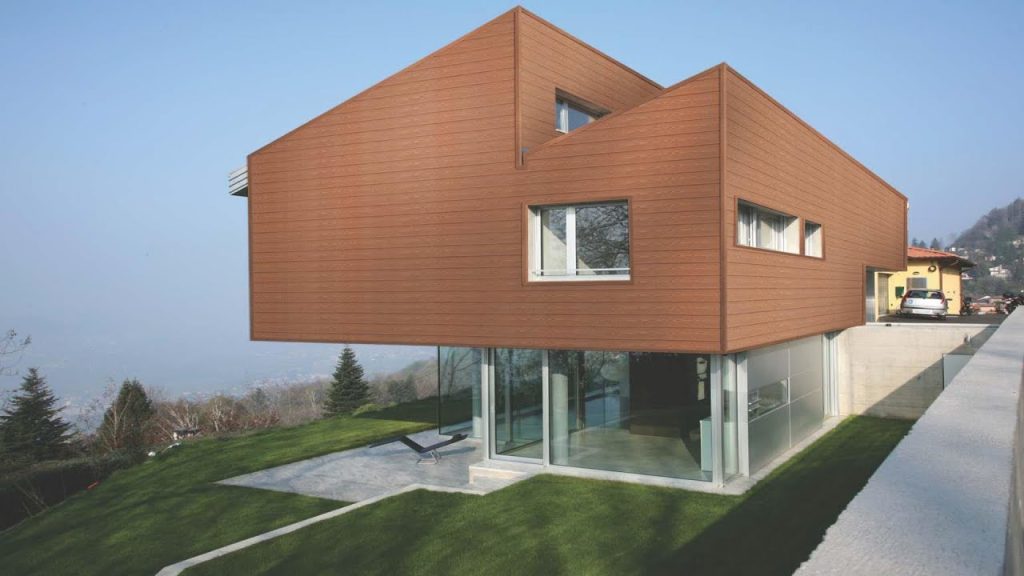
Conclusion: Why Choose WPC Cladding for Exterior Walls?
In summary, WPC cladding for exterior presents a smart, sustainable, and stylish alternative to traditional cladding materials. Its blend of durability, low maintenance, environmental benefits, and design flexibility make it ideal for modern buildings aiming to achieve aesthetic appeal and long-lasting performance.
Whether you are upgrading your home facade or planning a commercial project, WPC exterior wall cladding offers a reliable and beautiful solution that stands the test of time.
If you’re ready to invest in quality wpc cladding for exterior, explore available options from trusted manufacturers, and consult with installation professionals to ensure your building looks stunning for years to come.

